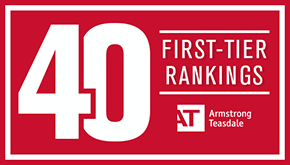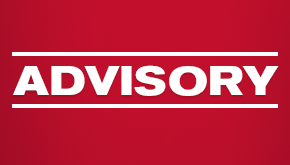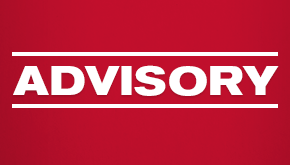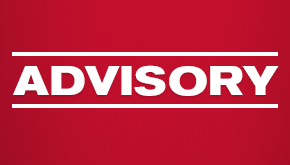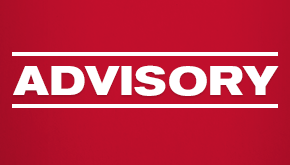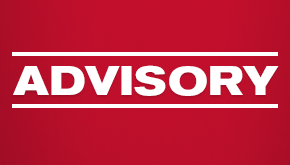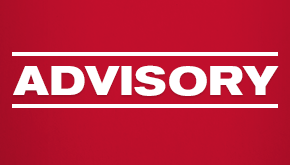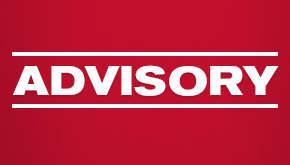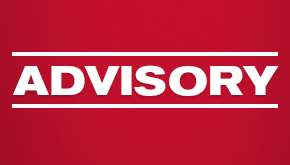Department of Education Releases Final Rule on Title IX
On May 6, 2020, the Department of Education (Department) released its final regulations concerning Title IX of the Education Amendments of 1972 (Title IX), which will bring sweeping changes to educational institutions across the country.
The Final Rule, outlined in more than 2,000 pages of guidance, is effective August 14, 2020. Unlike “Dear Colleague” letters and other guidance issued by the Department, once effective, the Final Rule will have the force of law. The Final Rule includes a number of key provisions, but some of the most salient with which universities, colleges and schools accepting federal funds will need to comply with, are summarized below.
Sexual Harassment/Assault
The Title IX statute applies to sexual harassment that occurs in a federally funded school’s educational program or activity against a person in the United States. Sexual harassment is defined as conduct on the basis of sex which includes one or more of the following: 1) a school employee conditioning employment or education benefits on participation in unwelcome sexual conduct (quid pro quo); 2) unwelcome conduct that a reasonable person would determine is so severe, pervasive and objectively offensive that it effectively denies a person equal access to the school’s education program or activity. Sexual assault is defined in the Clery Act; dating violence, domestic violence or stalking is defined in the Violence Against Women Act (VAWA).
Actual Knowledge
Schools must have actual knowledge to trigger obligations under Title IX. For elementary and secondary schools, a report made to any school official constitutes actual knowledge. For post-secondary schools, a report made to the Title IX Coordinator or any school official with the authority to institute corrective action constitutes actual knowledge. Once a school is on notice, it must respond promptly and ensure its response is not clearly unreasonable in light of the circumstances.
Scope
Educational programs or activities include locations, events, any building owned or controlled by a school, recognized student organizations, or circumstances in which the school exercised substantial control over the respondent/reported perpetrator, and the context in which the sexual harassment occurred. Study abroad programs will no longer fall under Title IX, although a school can still take action against complaints of sexual harassment to the extent the conduct violates conduct codes or other school policy.
Investigations
Only formal complaints must be investigated. Formal complaints must be written and initiated by the complainant or the complainant’s legal guardian. If the Title IX Coordinator receives a report of sexual harassment but does not receive a formal complaint, the Title IX Coordinator may independently move forward with a complaint and initiate the grievance procedure. If there is no formal complaint following a report of sexual harassment, a school must still offer supportive measures.
Dismissals
Schools must dismiss complaints which do not meet the definition of sexual assault, did not occur within the school’s education program or activity, or did not occur in the United States. Schools may dismiss complaints if the complainant withdraws the formal complaint, if the respondent is no longer employed or enrolled, or if circumstances prevent the school from gathering sufficient information. In the case of a dismissal, schools must provide reciprocal notice and a right to appeal.
Evidentiary Standard
Schools have the option of using either the preponderance of the evidence standard or the clear and convincing standard. The same standard must be used for complaints involving students and employees.
Written Notice
The complainant and respondent must receive a detailed notice including specific information regarding the key details of the allegation, information regarding the right to an advisor, the right to review and inspect certain evidence, among other things. Advisors do not have to be attorneys. Notice must be provided prior to the respondent being interviewed.
Access to Investigative Information
School must provide written notice of the date, time, location, participants and purpose of all hearing, interviews or other meetings, with sufficient time for the parties to prepare. Schools must also provide equal opportunity for the parties and their respective advisors to inspect and review evidence obtained by the school as a part of its investigation, which includes information like notes from interviews and other documents, if the information relates to the allegations. Such evidence can be sent to the parties and their advisors in an electronic format, and must be available to parties during any hearings.
Emphasis on Due Process
A school’s grievance policy now must include a presumption that the respondent is not responsible for the alleged conduct until a determination regarding responsibility is made at the conclusion of the grievance.
Grievance Process General Requirements
The Department’s Final Rule prescribes a grievance process for resolving formal complaints of sexual harassment. Some of the most notable components now required include the following:
- A school’s decision-maker(s) and investigator(s) must receive training on issues of relevance, including how to apply the rape shield protections.
- Reasonably prompt time frames for conclusion of the grievance process, including appeals and informal resolutions, with allowance for short-term, good cause delays or extensions of the time frames.
- A description, in a range or list, of the possible remedies a school may provide and disciplinary sanctions a school might impose.
- Whether the school has chosen to use the preponderance of the evidence standard, or the clear and convincing evidence standard, for all formal complaints of sexual harassment (including where employees and faculty are respondents).
Hearings
Elementary and secondary schools are not required to hold hearings as a part of the grievance procedure. They must, however, provide the parties equal opportunity to submit relevant written questions to each other before the decision-maker decides. Post-secondary schools must conduct live hearings, with all parties being physically or virtually present, and allow parties to conduct cross-examination of witnesses and parties through advisors. If a party does not have an advisor, the school must provide one at no expense. The hearings must be recorded or transcribed and made available to the parties. At the request of any party, the hearing can be held with the parties in separate rooms, so long as technology allows for all parties to view one another remotely. Cross-examination is only to be done by advisors.
Prior Sexual History
Evidence and questions regarding prior sexual history are prohibited except if used to prove: 1) someone other than the respondent is responsible for the alleged sexual harassment, or 2) to show consent between the parties.
Record-Keeping
Schools must maintain records associated with the investigation, informal resolution, recordings, transcripts, notices, remedies, discipline, supportive measures and other documents for a period of seven years. Materials used to train Title IX coordinators and other staff, such as decision-makers and investigators, must also be maintained and publicly accessible on a school’s website.
The Final Rule covers more information than the sections highlighted above, so schools should carefully review their written Title IX policies and procedures now and work with counsel to determine next steps and effectively train staff. Armstrong Teasdale’s education attorneys regularly guide elementary, secondary and post-secondary institutions in their efforts to comply with Title IX.


